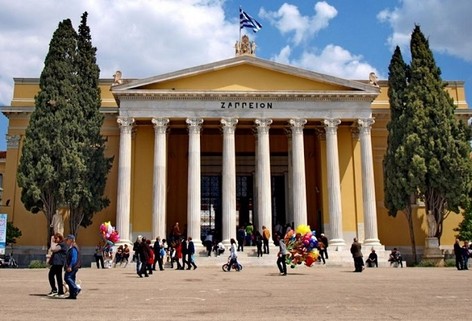


Athens is a world-class city with a rich history that too many tourists skip through on their way to the islands, pausing maybe for a walk around the Parthenon. It's a city that rewards the patient and curious traveler with a wealth of character, flavors, and surprises. First-timers to Athens should stay in one of the walkable, central nei***orhoods with easy access to the Acropolis, Agoras, and museums. Monastiraki, Plaka, Syntagma, Psirri, Makriyanni, and the City Center are just about perfect. The Kolonaki, Koukaki, Akadimia, and Thiseio nei***orhoods offer quieter stays and leafier streets, still within walking distance of the city highlights. The Athens Riviera is about 15 km from central Athens and is great for a dreamy beach vacation paired with city sightseeing excursions. All of these areas are well-connected to the airport and the ferry port by train, bus, or a short drive. Located in the rolling hills of Piedmont between the Blue Ridge Mountains and the Upper Coastal Plain, an easy fifty-mile drive from Atlanta, Athens is the largest city in Clarke County, in northeast Georgia. But with Athens being a city in constant regeneration, one can never proclaim to have seen everything.




